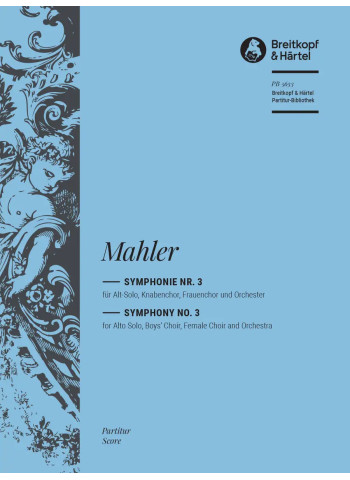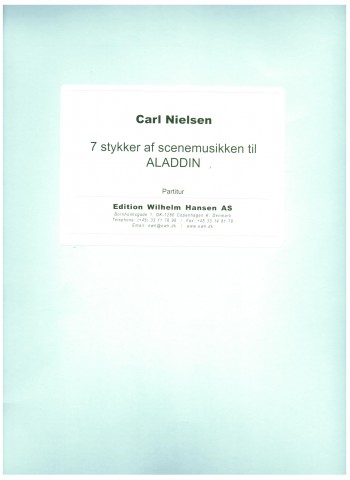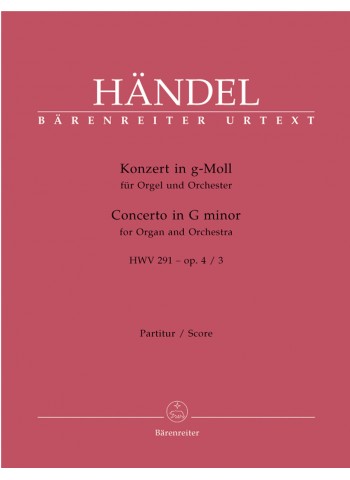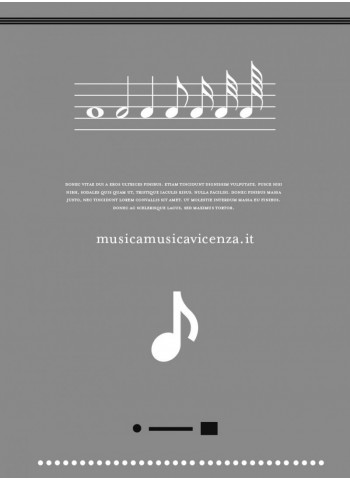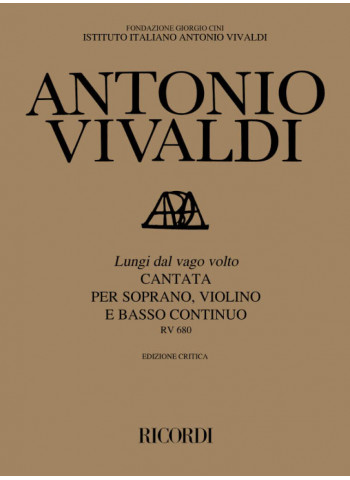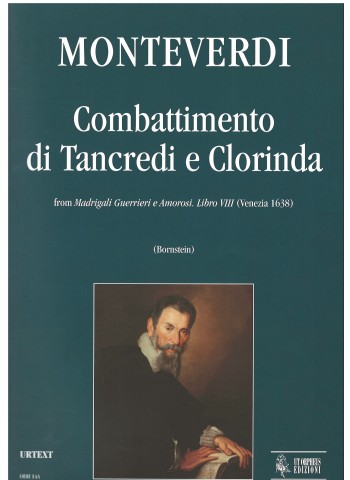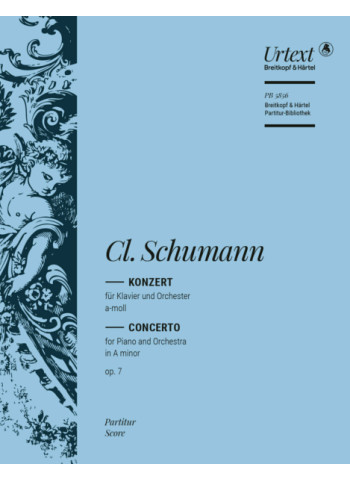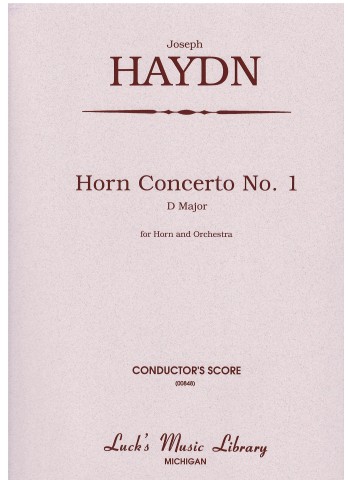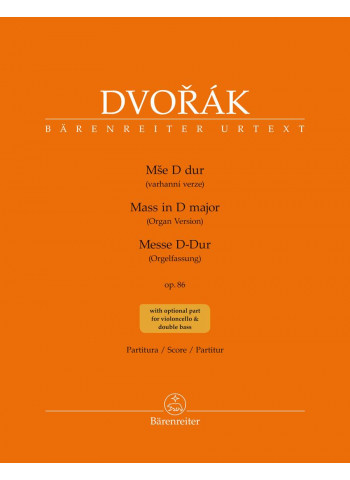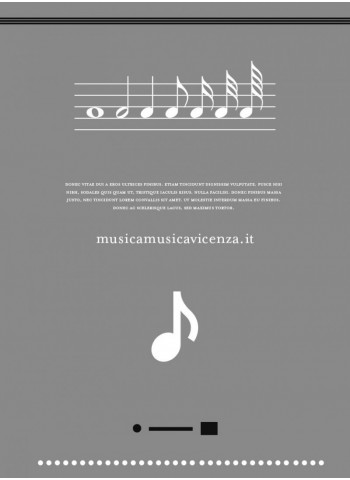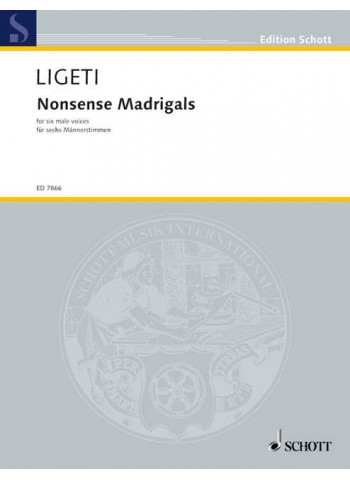11 concerti opp. 1, 3 H 121-131
- Casa editrice: Ut Orpheus
- Compositore: Geminiani, Francesco
- Codice di riferimento: 29355
- :
- ISBN: 9790215318809
Quantità:
Geminiani’s first orchestral publications were two sets of adaptations of Corelli’s solo sonatas Op. 5 as concerti grossi, which appeared in 1726 and 1729. Although such arranging was said to be much despised by Veracini and scorned by Burney as “musical cookery, not to call it quackery”, these concertos were immediately popular with the musical public; in England John Walsh produced multiple reprints and they were re-engraved in Paris specifically for the French market. Hawkins claimed that the second set, based on the six da camera sonatas of Corelli’s collection, “having no fugues and consisting altogether of airs, afforded him but little scope for the exercise of his skill, and met with but an indifferent reception”; nevertheless these too were reissued in London, and reprinted in both Amsterdam and Paris.
Geminiani followed this success by issuing twelve original concertos (Op. 2 and Op. 3, both published in 1732) before returning to Corelli in 1735 with a set of transcriptions derived, according to the title-page, from Sei Sonate del Opera Terza (but in fact including one sonata from Op. 1). This selection contained a substantial number of fugal movements, so Hawkins’ observations may have been taken to heart.
The series of publications under the title of Select Harmony issued by Walsh and Hare began in 1730 with XII Concertos in Six Parts…Collected from the Works of Antonio Vivaldi, a selection from his Opp. 6, 7, 8 and 9, all of them already available in print. A second collection with the same title followed in 1732 “being 12 Concerto’s collected from the latest Opera of Albinoni in 7 parts”, again utilizing pre-existing publications of his Opp. 5 and 7. For the third collection Walsh adopted a serial approach, issuing single Select Concertos on a monthly basis in 1734; the title-page of the first concerto, by Giacomo Facco, an Italian composer resident in Madrid, promised that the series would “be continued Monthly with a well chosen Concerto from the Works of the most Eminent Italian Authors at 1s. 6d. each”. The next three issues (between February 28 and April 4) contained the present concertos by Geminiani, after which the monthly plan seems to have been aborted and the individual concertos were absorbed into a single volume, Select Harmony Third Collection – six concertos described as “Compos’d by Sigr Geminiani, and other Eminent Italian Authors. Engraven in a fair Character and Carefully Corrected”. Other than Facco (no. 6 in the new arrangement) it is unclear which other Italian authors were involved; the first of the set is anonymous, while the fifth concerto had already managed to appear spuriously as part of the first issue of Handel’s Op. 3 collection, before reappearing anonymously in Select Harmony. Geminiani’s works, in an altered sequence, became nos. 2-4 and the whole was announced as “Just publish’d” at the beginning of June 1735.
Geminiani produced forty-seven concertos in total, including his expansions of his own solo sonatas and Corelli’s solos and trios. All save his last two concertos are scored in many parts (usually a quartet of soloists and three-part tutti) with additional parts in some instances for wind instruments. Only the two Unison Concertos, published by John Johnson in 1761 less than a year before the composer’s death, deviate from this pattern; not only do they resolutely restrict themselves to two parts in all save a few bars, they also have no known earlier existence as solos. They do not exhibit any of that “artificial contexture of the parts for which Geminiani is so justly admired” to quote John Mainwaring, with only the most straightforward patterns of imitation (Concerto II, first movement) and nothing more technically exacting from the composer than an ostinato bass (Concerto II, Andante).



